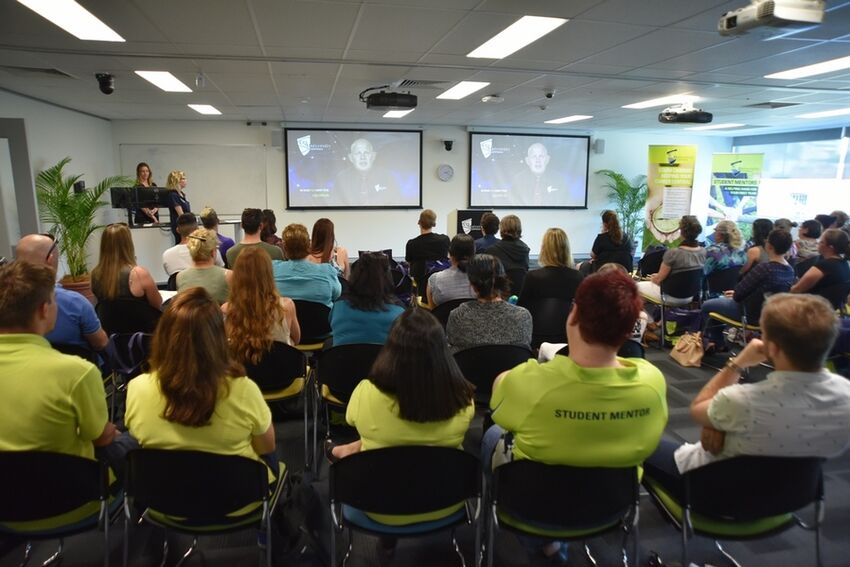TNQ universities at odds over tertiary education funding changes

BUDGET 2017’S UNIVERSITY FUNDING PLAN: KEY POINTS
- University funding to be reduced by $2.8 billion over four years
- Student fees to rise by 7.5 per cent by 2021
- University graduates, including those who have completed vocational courses, to pay back HECS debts when they start earning $42,000 a year; the repayment threshold is currently $55,874
- 7.5 per cent of university funding to be linked to performance data including success in completion rates, student satisfaction and employment outcomes
Cairns’ two universities are divided on proposed overhauls and funding cuts to tertiary education under the Federal Government’s 2017 Budget.
Set to be confirmed next week, the mooted changes will include a multi-million dollar reduction in
university funding, a hike in student fees and earlier repayments of HECS debts by graduates.
If legislated, the package will see staggered increases in course fees, starting with a rise of 1.8 per cent in 2018 and rising to 7.5 per cent in 2021.
Universities would be also be subject to a 2.5 per cent efficiency dividend in 2018 and 2019, aimed at saving the budget a total $2.8 billion over the next four years.
Education Minister Simon Birmingham said the efficiency dividend would apply solely to teaching funding, representing less than four per cent of total university revenue.
An efficiency dividend is a yearly reduction in resources available to an institution.
CQU POSITIVE
CQUniversity Vice-Chancellor Scott Bowman said the university was working through the implications of the changes, but said that on the whole, and in the context of the wider budget, they seemed “quite fair”.
“The changes will result in students paying a bit more but they are still able to defer their tuition costs so hopefully this will not be too much of a deterrence,” Professor Bowman said.
“There will be some cuts to funding requiring CQUni to find efficiencies but we have been growing well to become a truly national university and are financially stable enough to do so.
“On the positive front, it looks as if we will continue to have access to federal funding via the Higher Education Participation and Partnerships Program (HEPPP) to help us support students recruited under our ‘widening participation’ measures.
“It also looks like we will also be able to recruit more students into enabling and bridging courses at sub-degree level.”
Professor Bowman, commenting on the year-on-year budget cuts mooted for universities based on performance data, said he hoped the government would favour institutions with a strong commitment to serving students from rural and regional areas, Indigenous students and those from low socio-economic backgrounds.
JCU “DISMAYED”
James Cook University had a different take on the proposed measures, saying there was no justification for the funding cut, noting that the changes would lead to a greater financial burden on students.
JCU Vice Chancellor Sandra Harding said universities and students had already contributed about $3.9 billion in budget savings since 2011.
“Education is Australia’s third largest export industry and proposals that reduce funding to universities raise questions internationally about what this means for the quality of Australian university education,” Professor Harding said.
“It’s disappointing the Federal Government is not recognising the importance of innovation, education and research to Australia’s future in the same way the government is recognising the importance of business by providing tax cuts to that sector.”


